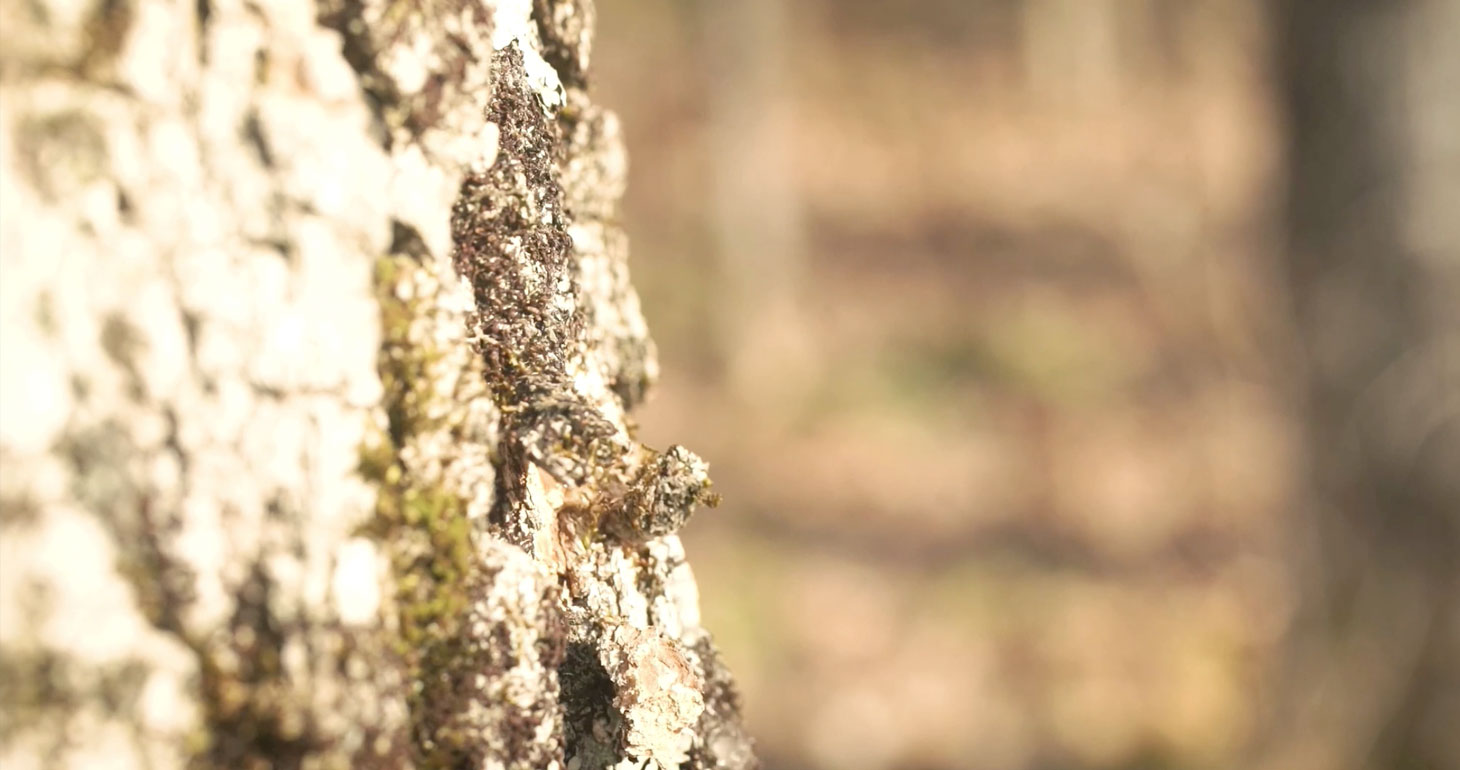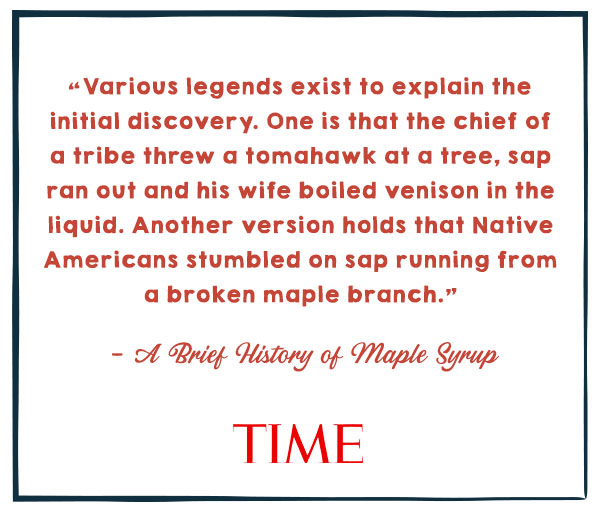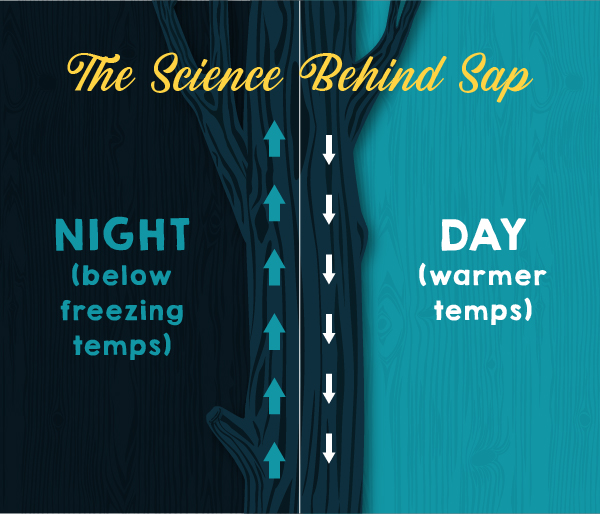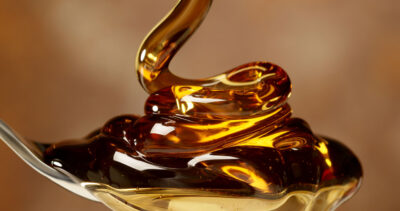The Sweet Science of Why Maple Trees Produce Sap
Maple trees are true marvels of mother nature.
We’re talking tiny seeds that sprout into massive trees that produce sap that we then use to make food. Pretty sweet science right there…at least our crew of maple masters likes to think so.
But ever wonder just how exactly maple trees produce sap or how the sap itself travels through a tree? It’s pretty crazy to think about.
Even crazier – ever thought about the lucky guy or gal who just happened to figure out that you could extract this liquid gold straight from the tree? Mind blown.
We did some digging on the interwebs and found a few answers to these sappy questions.
Who Discovered Sap?
Legends of how mankind came to discover sap vary, however, much of the lore gives credit to Native Americans for being the first to find the sweet tree nectar of the maples. The exact manner of how they discovered is still very much up for debate, however.
One legend has the chief of a tribe throwing a tomahawk into a maple tree and noticing the liquid starting to seep out. Sounds cool enough.
Another theory involves Native Americans just accidentally stumbling across “sapsicles” running from a broken maple tree branch. Perhaps.
And of course, there’s a story that surrounds a god named NenawBozhoo, who legend has it was tired of watching his people lazily sip pure maple syrup from the tree, and instead placed a magic spell on the maple trees that turned the syrup into a watery sap that required processing before it could be consumed. Ummmmm.
The first piece of written evidence we have on the existence of sap in North America comes from French explorer André Thévet, who in 1557 wrote:
“There is a tree with the thickness and shape of a large walnut tree … It remained unused for a long time until someone tried to cut one down, releasing a kind of sugar, which they found to be as tasty and as delicate as any good wine from Orleans or Beaune.”
So as you can see, the history of sap isn’t super defined, but it’s still pretty sweet.
And while history is cool and all, let’s be honest. Nothing beats the sweet science behind why and how sap exists in the first place. We’re talking super-powered ice crystals here people. Yup!
The Science Behind Sap
Many folks assume maple sap flows from the tree’s roots on warms days, but it’s actually the other way around.
When the sap flows (think a cold night followed by warm spring day) it actually flows down from the maple tree branches to any given spout. And it doesn’t just flow one way either; sap is known to flow back and forth laterally through the tree as well. So yeah, trees are pretty much just like us humans, only with sweet sappy blood flowing through their veins.
The scientific reason sap flows from the branches downward is because of something known as Maple Sap Exudation. A well-recognized research paper called Maple Sap Exudation: How it Happens written by Melvin Tyree and published in the Maple Syrup Journal in 1984 gives further insight into how this all happens:
“The sap that is sucked up through the portions of the sapwood not yet frozen adds to the ice crystals growing in the colder parts of the tree. If the temperature rises above freezing the next day, the frozen sap melts and falls down the tree under gravity and it is also given a little bit of a shove by compressed air bubbles…”
Unlike other tree species that suck sap up when it warms and push sap out when it freezes, maple trees actually end up doing the exact opposite, according to Tyree’s paper.
This explains why maple trees don’t force out sap in the freezing temperatures like other trees.
The reason for this anomaly, Tyree writes, has much to do with the unique properties of maple sapwood. While the sapwood of other trees consists of water conduits that fill up with water, maple trees conduits are filled with gas.
“So when maple branches begin to freeze, frost begins to form inside the gas-filled spaces of the wood fibers much like frost will form on the inside of the windows of your home on a cold night. Water contributing to the frost comes from the water conduits and is replaced by the same kind of capillary forces that causes water to flow into sponges.”
So there you have it…sap science at its simplest.





